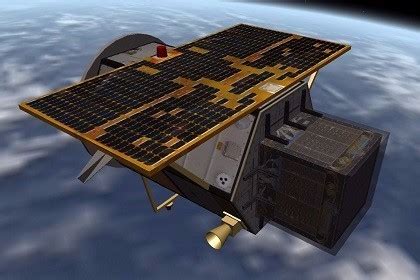The Italian satellite AGILE was launched on April 23, 2007 from the Indian base of Sriharikota. Initially designed for a 2 years mission time, the satellite of ASI (Agencia Spatiale Italiana), operated in cooperation with INAF and INFN, has re-entered the atmosphere after 17 years and more than 87.200 orbits. He has studied the universe's most energetic sources, which emit gamma and X-rays.
AGILE's major scientific discoveries include:
- the first detection of galactic cosmic ray sources in Supernova remnants
- evidence of extremely rapid particle acceleration from the Crab Nebula with a rapidly rotating pulsar at its center
- the detection of transient gamma-ray emission associated with realivistic jet emission from the galactic black hole binary system Cyngus X-3
The AGILE satellite was built by Carlo Gavacci Space (now OHB-Italia). The communication with the ground stations is done with the onboard S-Band communication system (consisting of TMTC-Unit and Antennas) of STT-SystemTechnik GmbH.
Links: AGILE @ ASI, ASI News,
www.ohb-italia.it/site/wp-content/uploads/2024/02/Press_Release_OHB-Italia_AGILE-DE-ORBITING.pdf
